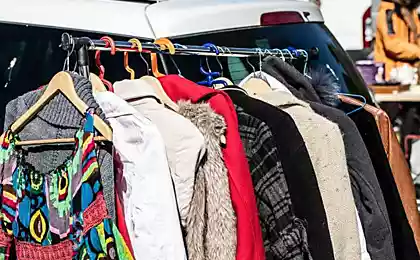193
Why do people refuse to buy new clothes?
Every year, the world produces 150 billion pieces of clothing – more than two dozen for each person. On average, each item is worn 7 times, after which it goes on a trip. Approximately 70% of people buy worn-out.
In the West, dressing in second hand is common. Even very rich people and world famous stars do not hesitate to buy clothes from someone else’s shoulder. Examples include Robert Pattinson, Sharon Stone, Kate Moss and many others.
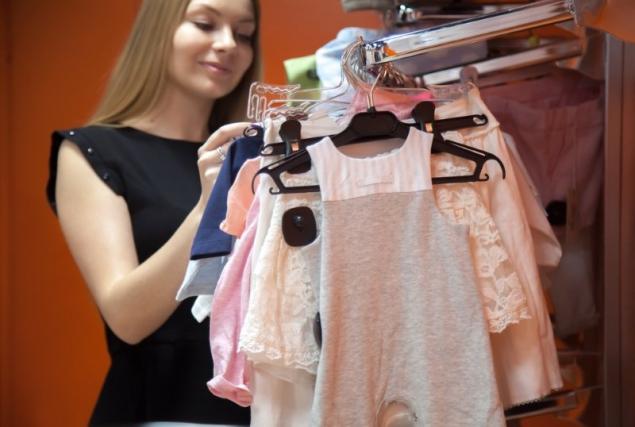
DepositPhotos
We have the same attitude to second-hand only changes in the direction of “acceptance”. Our citizens still consider buying worn things something shameful and wrong. And about telling friends and acquaintances where I bought these wonderful trousers or a comfortable sweater, and there is no question. But little by little, the fashion for second-hand captures us, which is not for nothing.
Advantages secondhand:
Now in developed countries, they try to approach consumption as responsibly as possible. Garbage is carefully sorted and processed, containers are bought only environmentally friendly, and as a transport, more and more attention is paid to bicycles, electric scooters and electric cars. Extra clothes It's collected, sorted and distributed through garage sales, second-hands and charity stores.
Dress in second hand Europe and America are the norm. Here you can go for “fresh” clothes even during the lunch break. Even large online stores offer used products. And in schools, children from an early age are taught to conscious consumption and an adequate attitude to clothes.
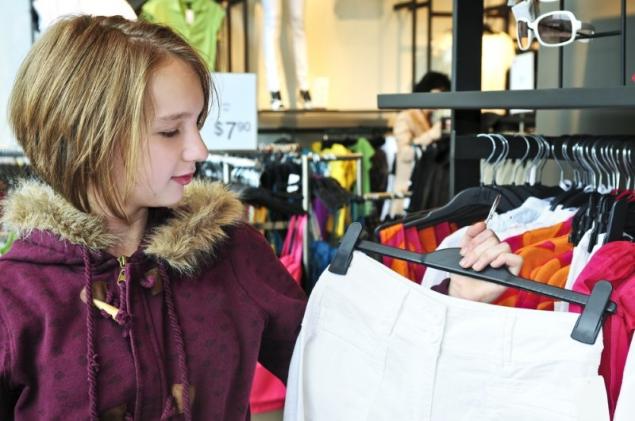
DepositPhotos
Garbage sorting has become so tightly in the habit that it hurts me to throw all the trash in one basket in Russia. In Canada, we have separate garbage dumps for plastic, cardboard, glass and garbage. And different garbage trucks come for each container, our Canadian guest Emily shares her observations.
Mindlessly buying new clothesNot only do we accumulate a bunch of junk at home, but we also encourage manufacturers to create even more. In the case of another cleaning, you will throw some unnecessary clothes into the landfill and make your “contribution” to the growing mountain of garbage cluttering your hometown.
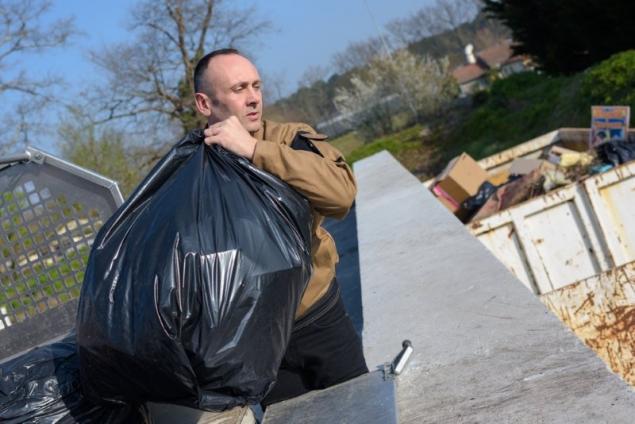
What is not better to periodically put unnecessary things in the containers of commission stores? Or what is bad to buy in the stores of charitable foundations, where the money from the sale of the organization will be spent on good deeds. Anyway, it's everyone's choice. But I like to believe that consumption It’s a model we’ll come to someday.
By the way, we have already written how to protect yourself from possible harm when buying clothes from someone else’s shoulder. We also offered interesting ideas for remaking old clothes into new colorful outfits.
Are you uncomfortable buying worn clothes?
In the West, dressing in second hand is common. Even very rich people and world famous stars do not hesitate to buy clothes from someone else’s shoulder. Examples include Robert Pattinson, Sharon Stone, Kate Moss and many others.

DepositPhotos
We have the same attitude to second-hand only changes in the direction of “acceptance”. Our citizens still consider buying worn things something shameful and wrong. And about telling friends and acquaintances where I bought these wonderful trousers or a comfortable sweater, and there is no question. But little by little, the fashion for second-hand captures us, which is not for nothing.
Advantages secondhand:
- Accessibility
At a good price, you can buy not just the right piece of clothing, but also a branded thing in good condition.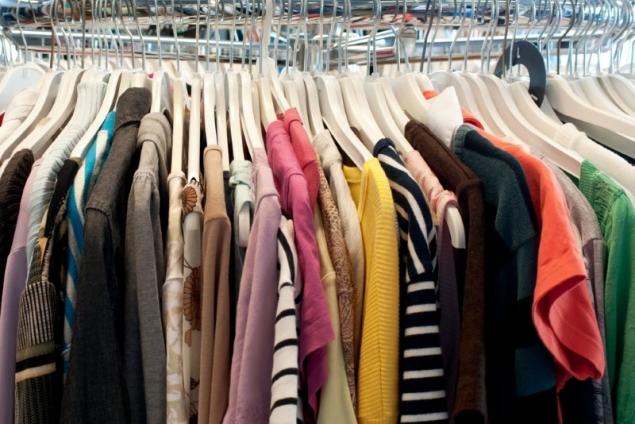
DepositPhotos - Originality.
Sometimes there is a greater variety of goods than in the most popular shopping centers, where shelves are filled with the same clothes of different sizes. Therefore, in second-hand everyone can create their own unique image. - Brands.
You can find a real treasure. Fashionists who cannot find the right brand on the shelves of local stores often come to second-hand. They find what they're looking for.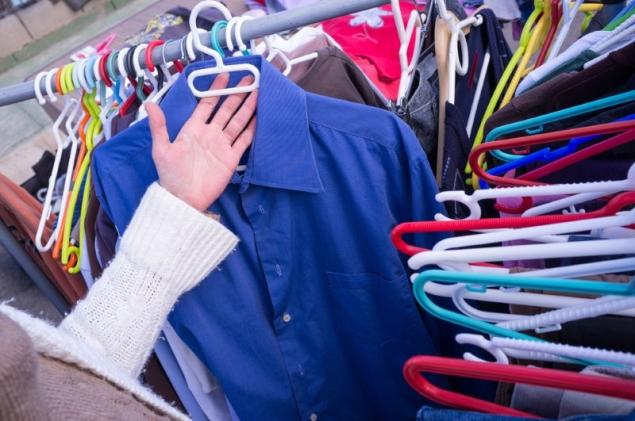
DepositPhotos - Quality.
Goods in second-hand are time-tested. There are no items that can sit or water. In another case, all defects in clothing would have already been identified by the previous owner. - Provisional decision
For parents, second hand is a real salvation. That’s because children grow up quickly and even during the season you have to buy things more than once. There are even special clothing departments where you can buy worn children's or teenage clothes in excellent condition.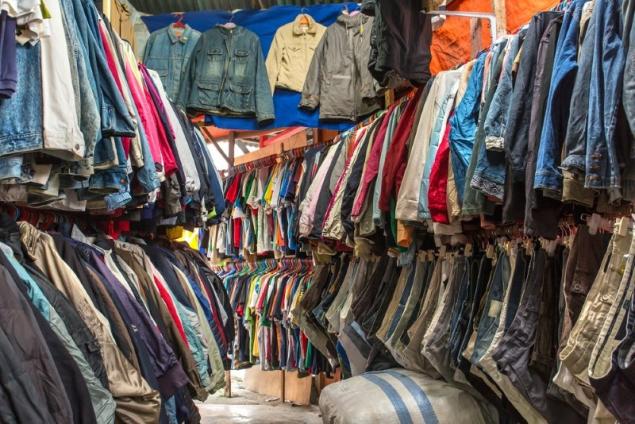
DepositPhotos
Now in developed countries, they try to approach consumption as responsibly as possible. Garbage is carefully sorted and processed, containers are bought only environmentally friendly, and as a transport, more and more attention is paid to bicycles, electric scooters and electric cars. Extra clothes It's collected, sorted and distributed through garage sales, second-hands and charity stores.
Dress in second hand Europe and America are the norm. Here you can go for “fresh” clothes even during the lunch break. Even large online stores offer used products. And in schools, children from an early age are taught to conscious consumption and an adequate attitude to clothes.

DepositPhotos
Garbage sorting has become so tightly in the habit that it hurts me to throw all the trash in one basket in Russia. In Canada, we have separate garbage dumps for plastic, cardboard, glass and garbage. And different garbage trucks come for each container, our Canadian guest Emily shares her observations.
Mindlessly buying new clothesNot only do we accumulate a bunch of junk at home, but we also encourage manufacturers to create even more. In the case of another cleaning, you will throw some unnecessary clothes into the landfill and make your “contribution” to the growing mountain of garbage cluttering your hometown.

What is not better to periodically put unnecessary things in the containers of commission stores? Or what is bad to buy in the stores of charitable foundations, where the money from the sale of the organization will be spent on good deeds. Anyway, it's everyone's choice. But I like to believe that consumption It’s a model we’ll come to someday.
By the way, we have already written how to protect yourself from possible harm when buying clothes from someone else’s shoulder. We also offered interesting ideas for remaking old clothes into new colorful outfits.
Are you uncomfortable buying worn clothes?

















